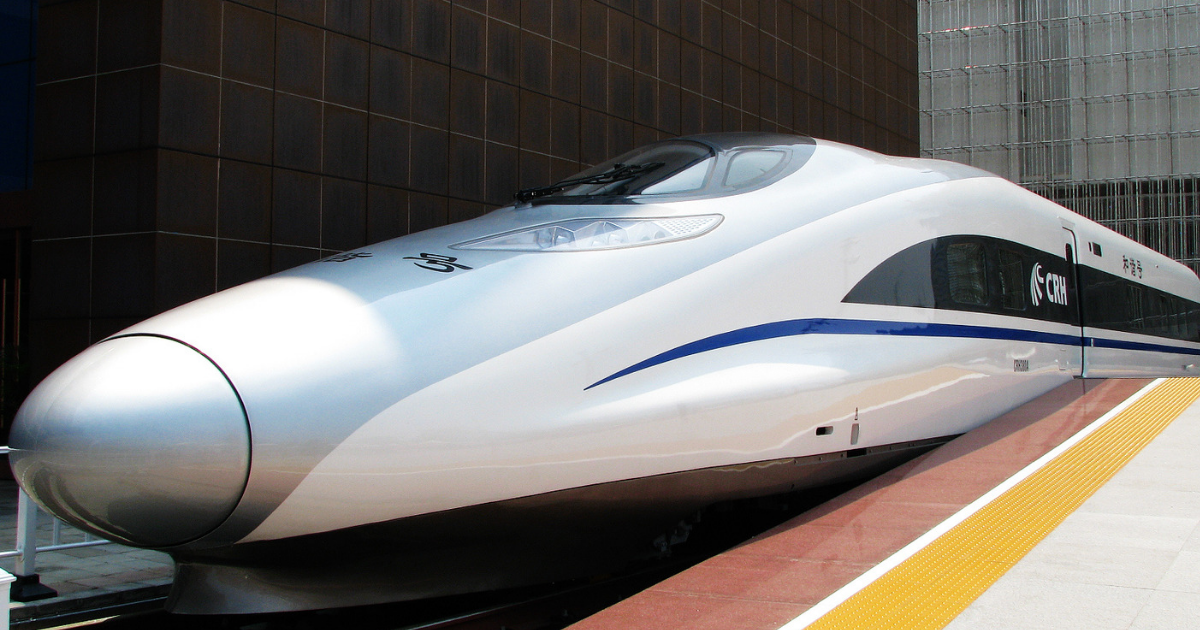Rozhovor nášho Richarda Q. Turcsányiho pre World Politics Review
Last month, Chinese President Xi Jinping visited the Czech Republic, where he signed more than 30 deals worth nearly $4 billion. In an email interview, Richard Turcsanyi, the deputy director of the Institute for Asian Studies, Bratislava, discussed Chinese investment in Central and Eastern Europe.
WPR: How extensive is Chinese investment in Central and Eastern Europe, and what factors are driving China’s investment strategy there?
Richard Turcsanyi: To begin with, it is extremely difficult to establish unequivocally the amount of investments from one country in another’s economy. Various statistical sources notoriously show differences. Putting together the numbers from a range of publicly available sources, however, we can roughly estimate Chinese investments in the 16 Central and Eastern European countries to be between 5 billion and 10 billion euros, depending on the applied methodology.
The Central and Eastern European countries are heterogenous, and so are the Chinese strategies for investing in them. In the Visegrad countries—the Czech Republic, Hungary, Poland and Slovakia—they follow a similar strategy as that for the European Union: trying to acquire technology and establish market presence, mostly through acquisitions of well-established companies, with the focus most recently being on financial groups. To a lesser extent, Chinese investments in these countries, as well as in most of the 11 EU members in the so-called CEE16+1 grouping—the 16 Central and Eastern European countries and China—have also targeted manufacturing. In Poland, Chinese investments also were directed to power plants and the mining industry. In the non-EU members in the Western Balkans, investments targeted the infrastructure construction and energy sectors, although Romania, an EU member, has also seen major investments in its energy sector.
It bears mentioning that very few Chinese companies have so far established their production or service bases for European markets in the Central and Eastern European countries. Moreover, there are no indications that any big “green-field investment” deals—whereby new ventures, often involving the construction of operational facilities, are launched from the ground up—are being planned at the moment.
WPR: What are the respective roles and uses for China of bilateral relationships on one hand, and the CEE16+1 grouping on the other, in terms of expanding ties and investments?
Turcsanyi: The CEE16+1 grouping is not a multilateral institution, as it is often misrepresented: The Central and Eastern European countries have little interest in turning it into one, and it is very unlikely they would be able and willing to cooperate on a common agenda if they did. There are vast differences among them, for example, in the level of their economic development, making their domestic needs very different from each other. Moreover, to some extent the Central and Eastern European countries compete to attract Chinese investments.
Instead, the grouping can be viewed as a means for China to develop bilateral relations in Central and Eastern Europe, as well as to keep the 16 bilateral dialogues rapidly developing in a time-effective manner. To this end, contacts have significantly expanded and deepened as part of the CEE16+1 process since it was initiated in 2011. There are now yearly summit meetings among the heads of the governments, as well as many sectoral dialogues, seminars, conferences and the like, often at the ministerial level. A good deal of attention also goes to developing people-to-people contacts, including scientific, cultural, journalistic, political and think tank exchanges, although business-support activities remain the priority. However, despite the expanded and deepened interaction, the platform has not led to major breakthroughs, and it seems that both China and the Central and Eastern European countries are dissatisfied with the economic outcomes so far.
WPR: How does Chinese investment in Central and Eastern Europe affect ties with the European Union as a whole, and how open is the EU to Chinese investment in Eastern Europe?
Turcsanyi: As noted, 11 of the Central and Eastern European countries are already EU members, and the remaining five that are not are currently EU candidate countries, and therefore on the path to membership in the future. In fact, the EU component seems to be the defining feature of membership in the CEE16+1 grouping, as the Eastern European countries that are not yet firmly on the path to the EU membership—Moldova, Ukraine and Belarus—have been left out.
The EU, and particularly its Western European members, were initially suspicious about the CEE16+1 format, due to a lack of transparency and worries that the platform might come into conflict with official EU policies. Over time, however, the EU began to see the CEE16+1 in a more neutral light. On one hand, this was due to increased transparency—EU observers now have access to all meetings and participate in drafting documents. On the other hand, the platform is seen as resulting in few tangible outcomes, and no major change is expected in this regard.
For their part, Western European countries likely see China as a competitor in Central and Eastern Europe, which they have regarded as a private playground for their companies since the 1990s. However, similarly to the rest of the EU, there are no barriers in the Central and Eastern European countries toward Chinese investments; they are generally welcomed.





